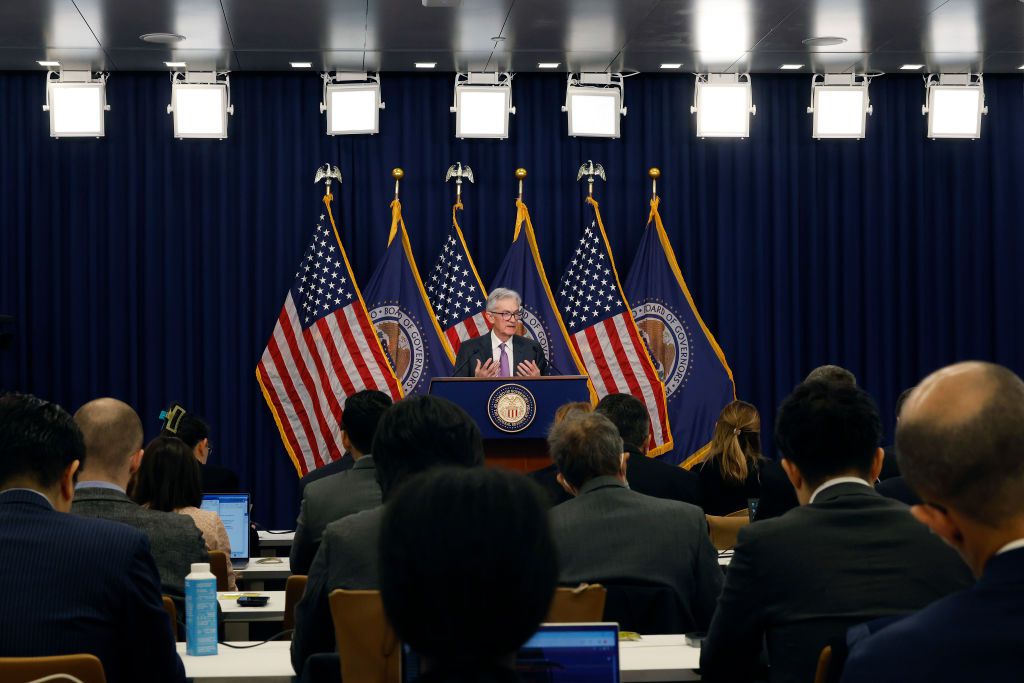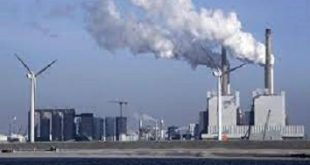The United States faces a complicated picture in the second half of 2024, one marked by growing political polarisation, economic instability, and changing global concerns. As the nation navigates this crucial time, the decisions made by American leaders in the upcoming months will have a significant impact on both the domestic and foreign arenas.
Economic Difficulties: Housing, Employment, and Inflation
Even as it recovers from the COVID-19 pandemic shocks and the ensuing supply chain disruptions, the US economy still faces formidable obstacles. After starting to rise in 2021, inflation is still a problem. While significantly lower than the highs of 2022, inflation rates in the middle of 2024 remain a significant worry for both consumers and policymakers.
In response, the Federal Reserve has kept interest rates higher—a move that aims to reduce inflation but runs the danger of slowing down economic expansion. A slowdown in real estate and consumer spending due to higher borrowing prices has had repercussions for the entire economy. Prices for necessities like food, energy, and housing continue to rise in spite of these actions, placing a strain on household budgets and escalating concerns about the economy.
One of the key areas of concern is still the property market. Although they have begun to level off, home prices—which surged during the pandemic—remain unaffordable for a large number of Americans, especially those living in metropolitan regions. The affordability crisis brought on by rising mortgage rates and high prices has made it difficult for prospective homeowners, particularly those from younger generations, to locate reasonable housing options. With the rising expense of living in big cities like New York, Los Angeles, and San Francisco, this problem is especially severe.

Political Polarisation: The Struggle for the Soul of America
Political division in the US is still quite strong, with polarisation at levels not seen in many years. These differences have only gotten worse since the 2024 presidential election, which is just months away, involves the two major parties, the Democrats and the Republicans.
A defining feature of the political environment is the growing disparity between the two parties. President Joe Biden and the Democrats are still pushing for progressive laws pertaining to social justice, healthcare, and the environment. Nonetheless, the administration will have a difficult time getting its agenda passed by a Congress that is sharply split. Republicans have fiercely opposed attempts to pass comprehensive legislation on subjects like as voting rights, immigration reform, and gun control, resulting in legislative deadlock.
Conversely, the Republican Party has shifted its focus to topics like border security, cutting back on government expenditure, and fighting what it sees as government overreach in sectors like public health and education, all of which are inspired by its increasingly populist wing. Sharp criticism of the Biden administration’s handling of the economy, foreign policy, and domestic concerns has characterised the party’s rhetoric. Tensions have been exacerbated by the ongoing legal disputes and investigations surrounding the former president, Donald Trump, who continues to be a powerful and divisive figure in the party.
Politics is not the only area of American culture where polarisation has taken hold; it has impacted social interactions and media consumption alike. As a result of the decline in public confidence in institutions like the court, the media, and the election process, many Americans now feel disillusioned and cynical. Political violence has also increased as a result of this polarisation, and events like the Capitol attack on January 6 are still vivid in the minds of Americans.
Global Leadership: Handling a Challenging International Environment
The United States confronts a number of difficulties on the international scene that call for cautious manoeuvring. The United States remains a major player in international affairs as the greatest military and economic force in the world, but its leadership is coming under more and more pressure.
The ongoing crisis in Ukraine, where the United States has been a major supporter of Ukrainian resistance against Russian aggression, is one of the most urgent challenges. Although the crisis has caused enormous pressure in U.S.-Russian ties to the lowest point since the Cold War, the Biden administration has nevertheless committed major military and financial aid to Ukraine. There are serious risks associated with a protracted conflict in Eastern Europe, not just for the stability of the region but also for the world economy and energy markets.
The United States is concentrating on containing China’s expanding influence in the Asia-Pacific area. The United States and China are engaged in a fiercer strategic competition for supremacy in the fields of technology, economics, and military. Through programs like the Quad and AUKUS, the Biden administration has improved ties with important regional allies including Japan, South Korea, and Australia. However, U.S.-China relations are still strained due to trade disputes, human rights issues, and tensions around Taiwan, which raises fears about the possibility of violence in the area.





